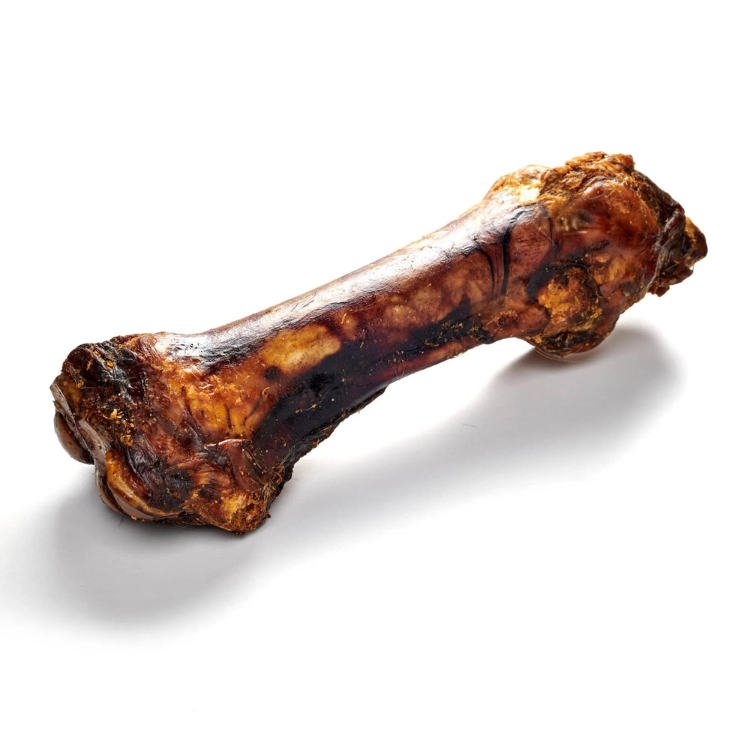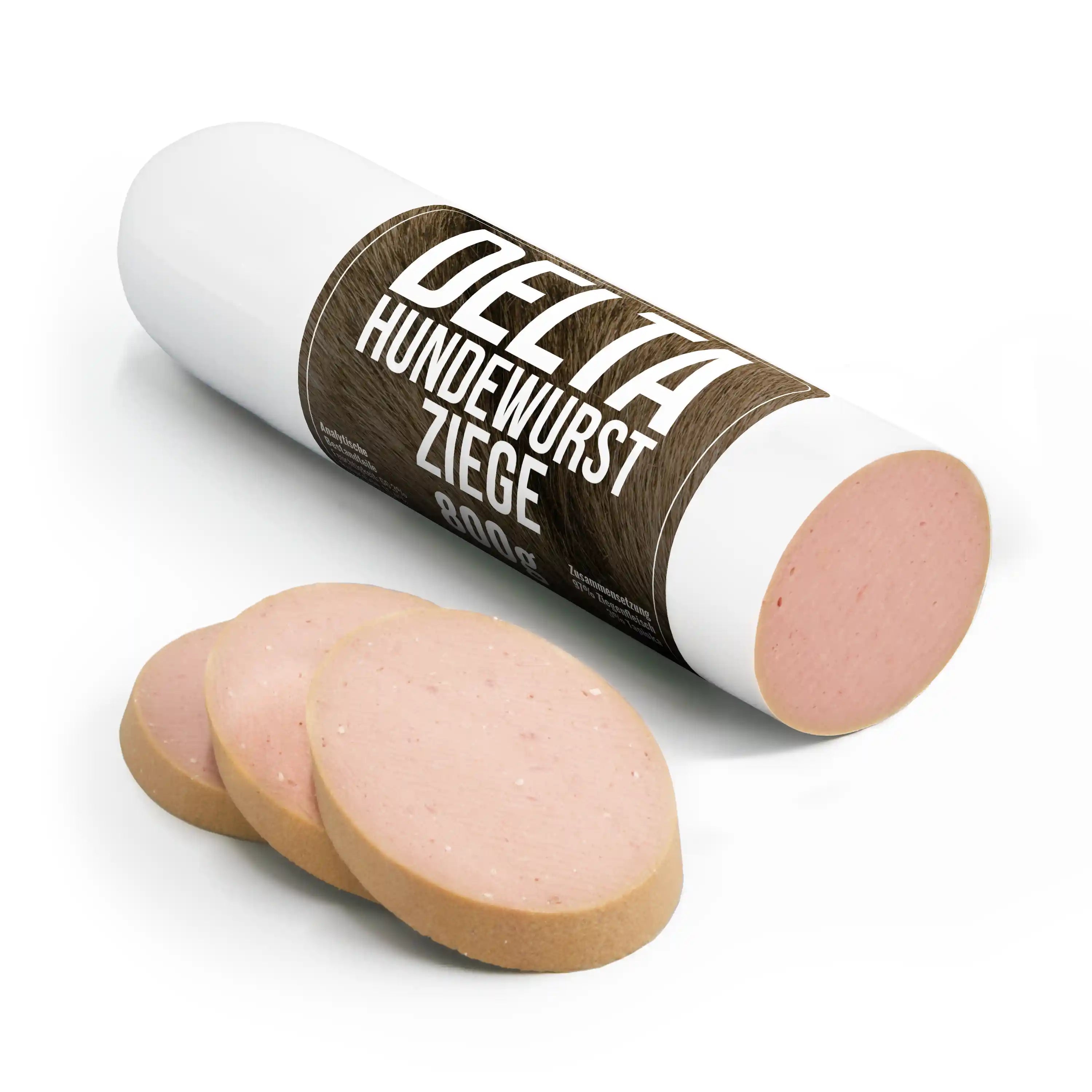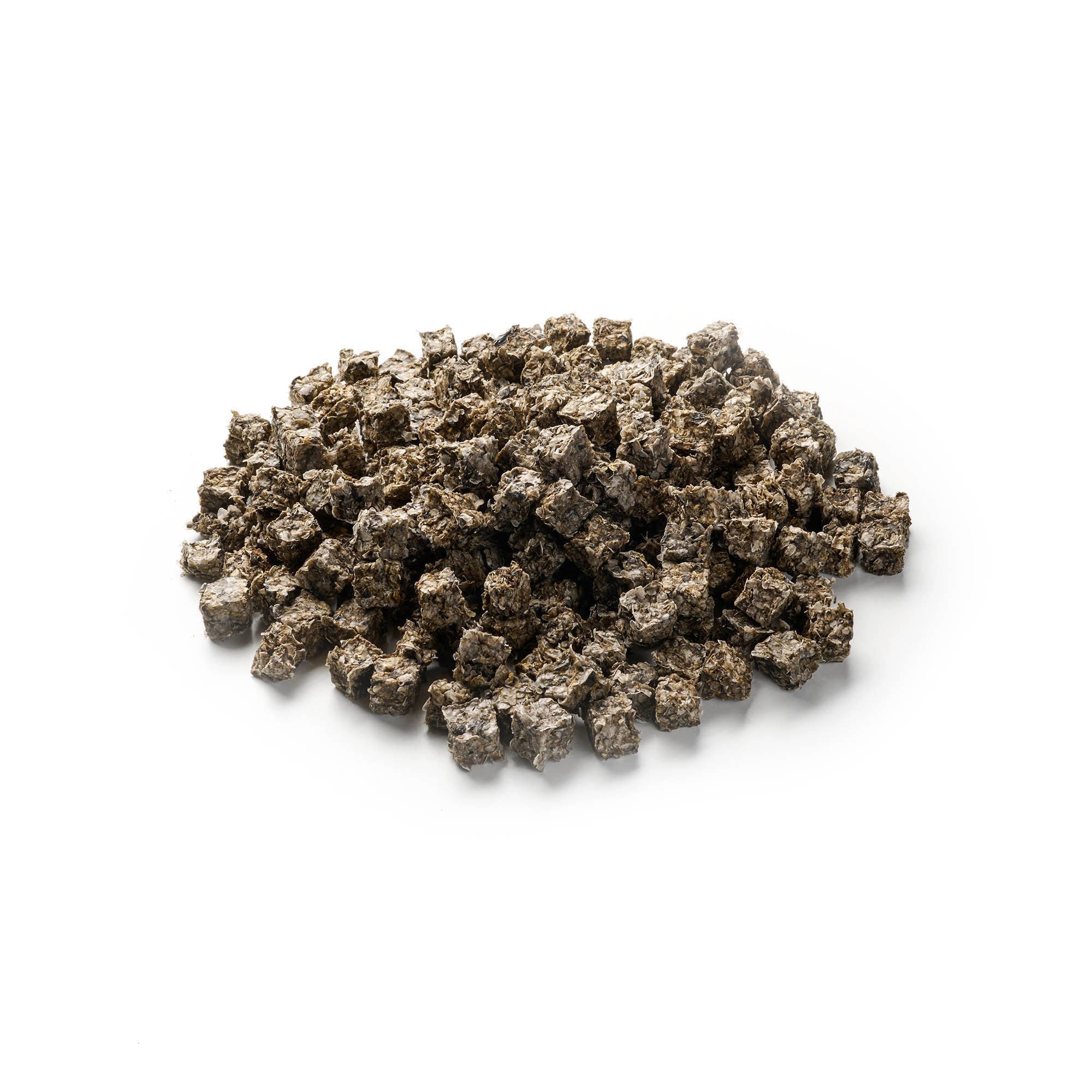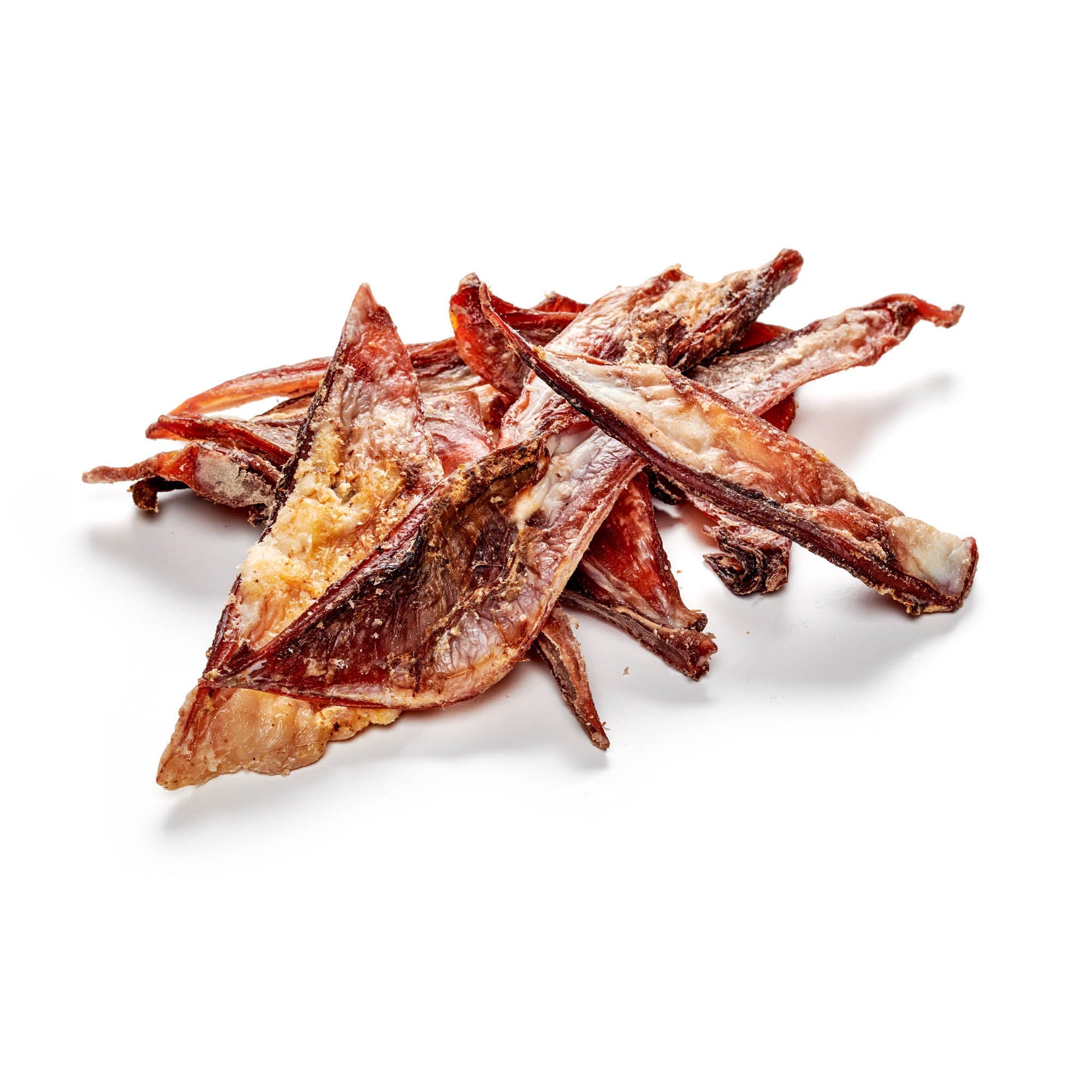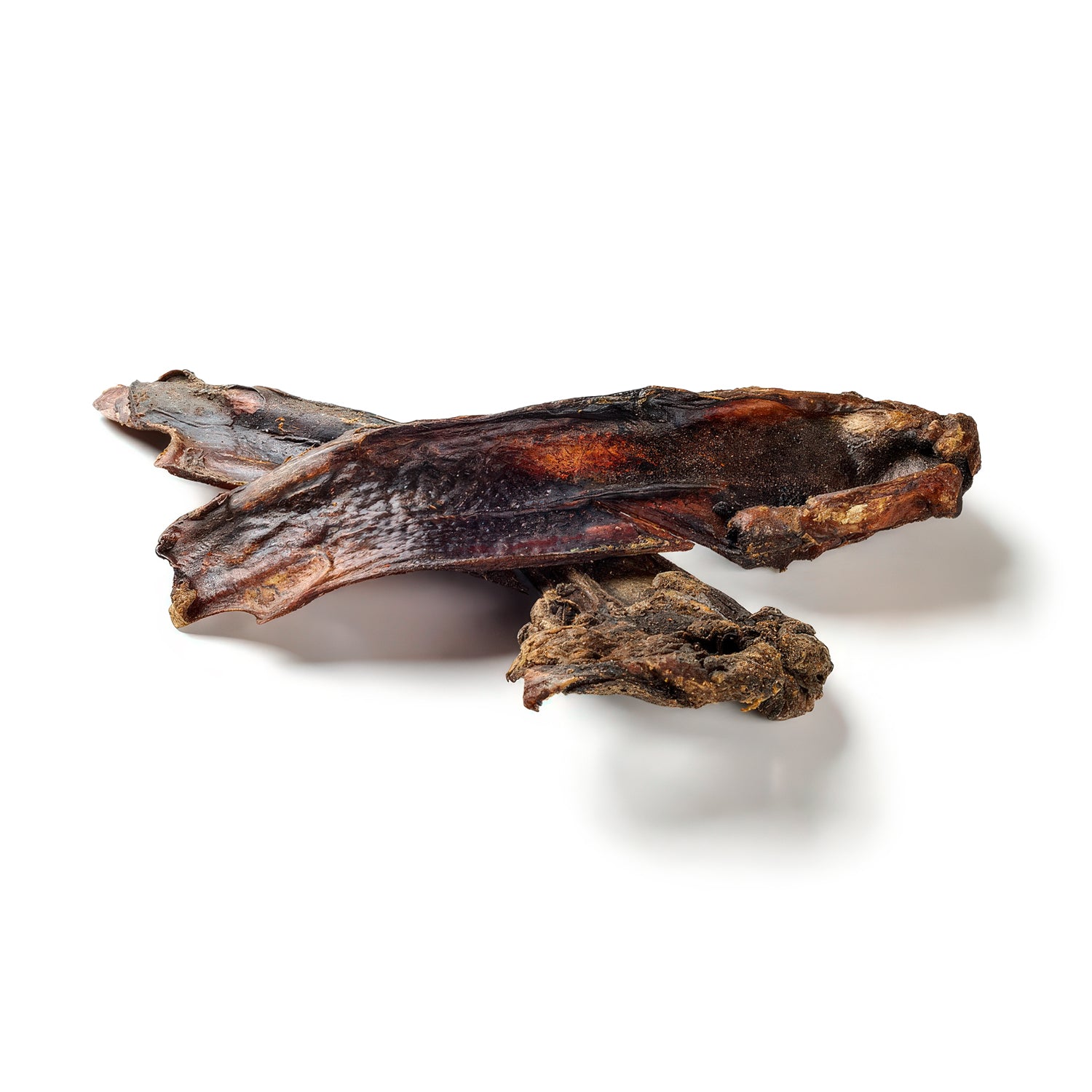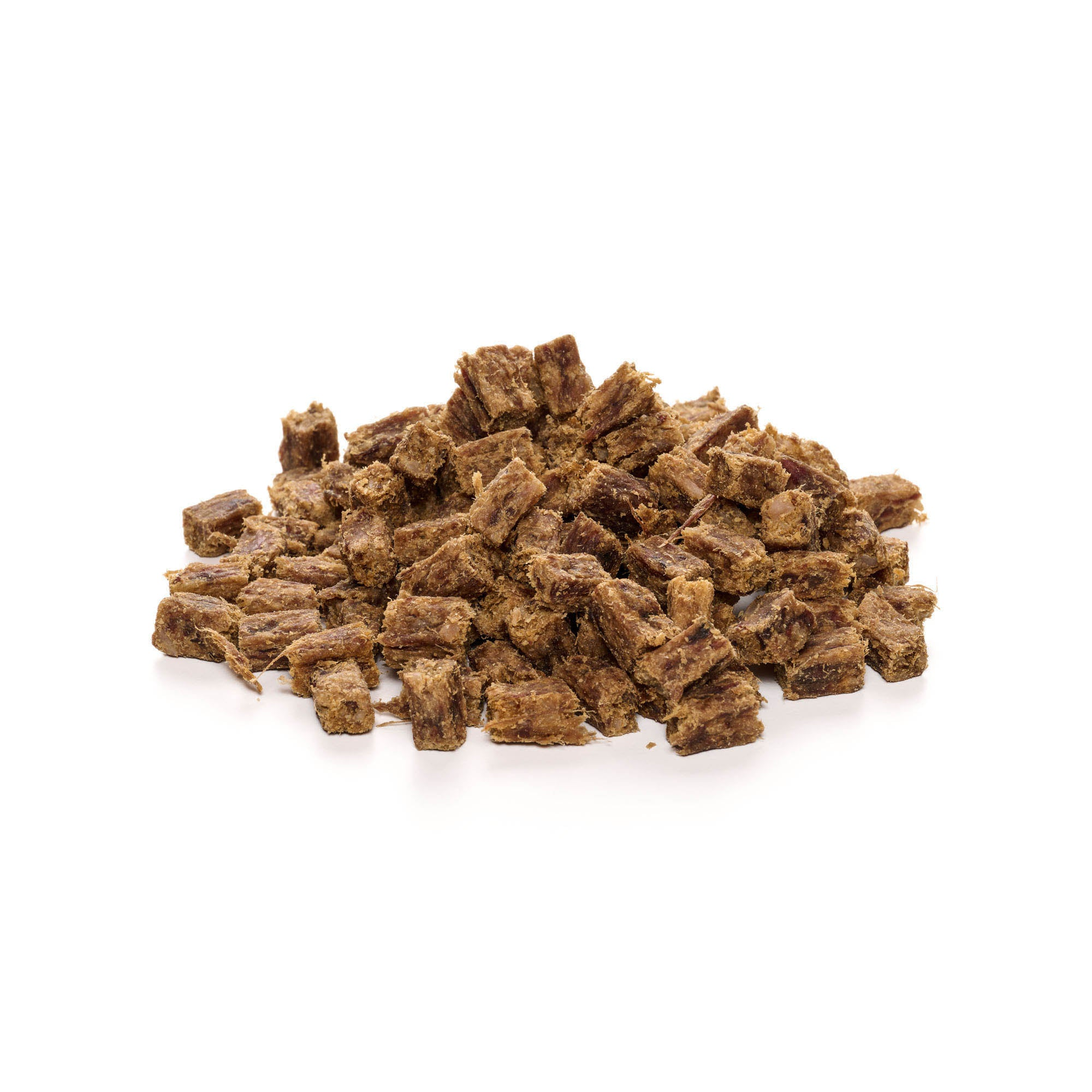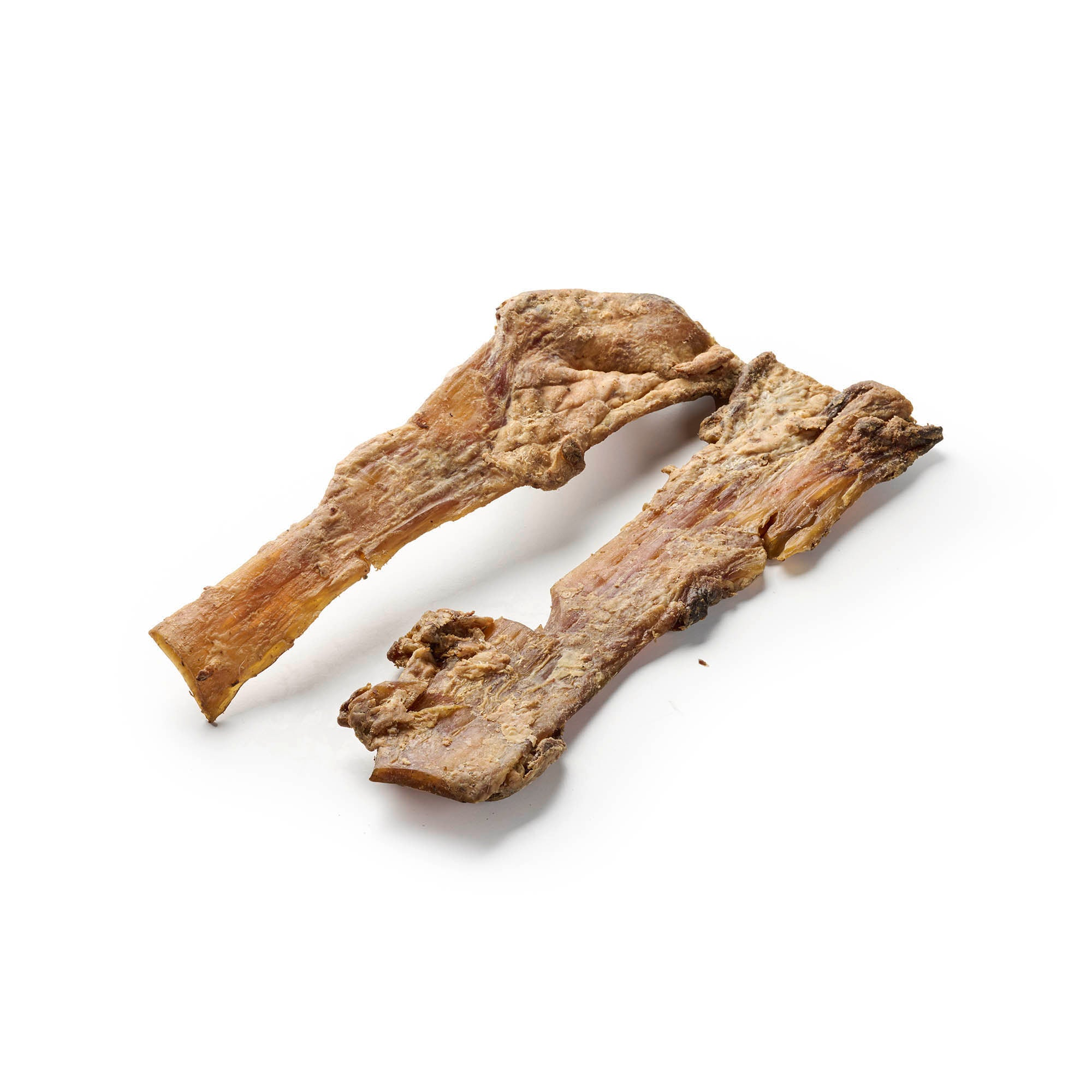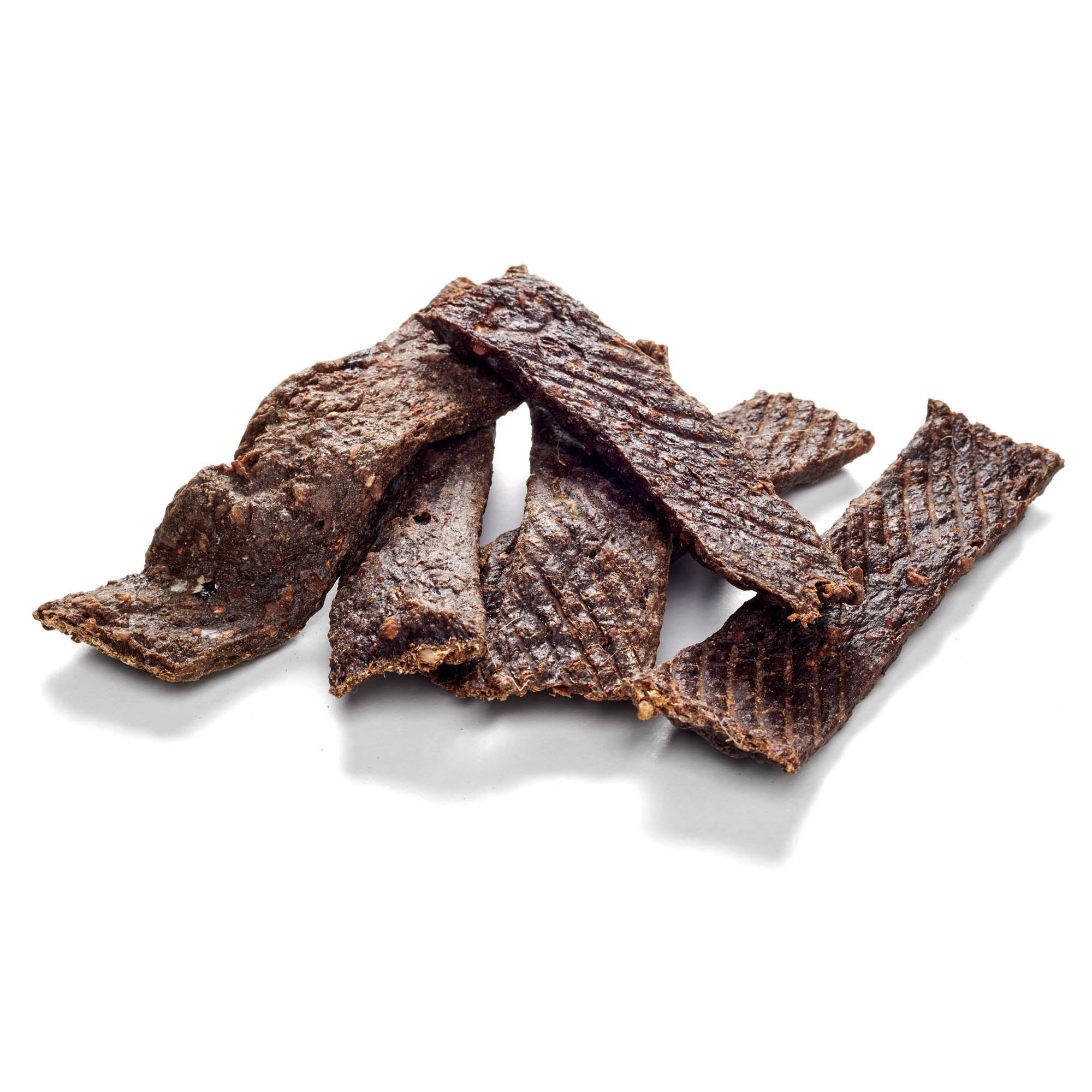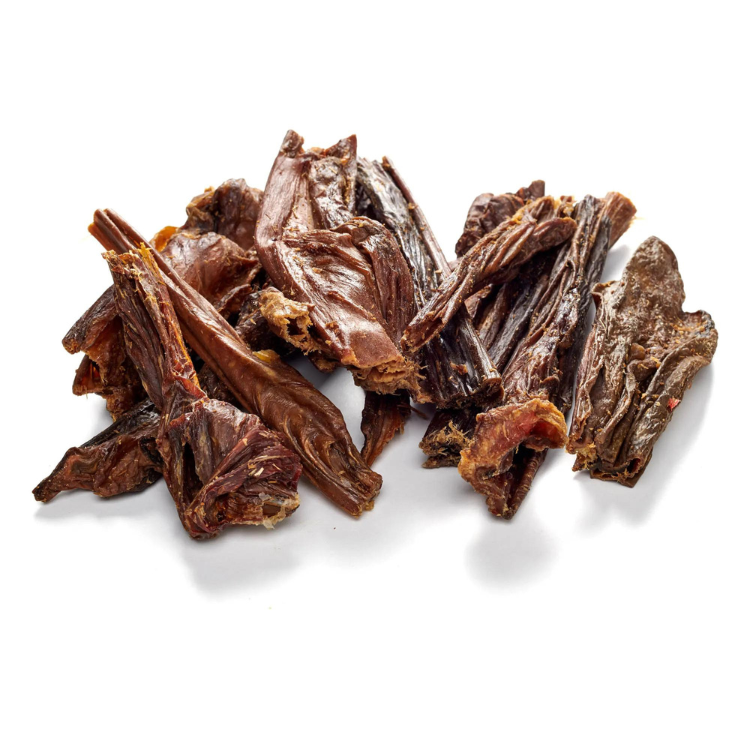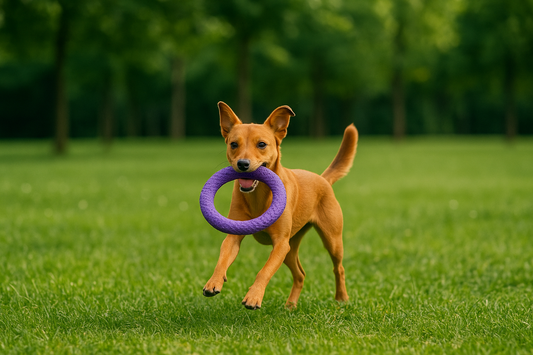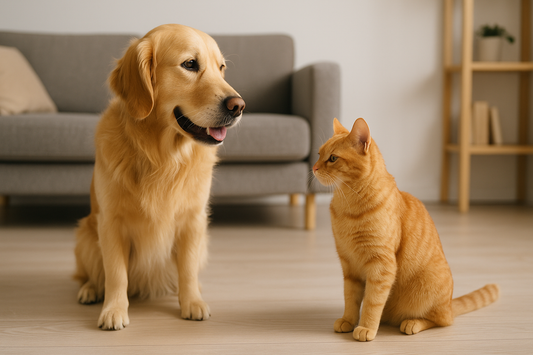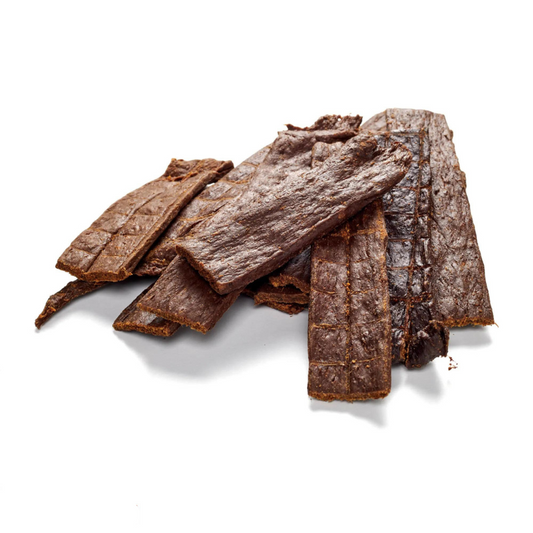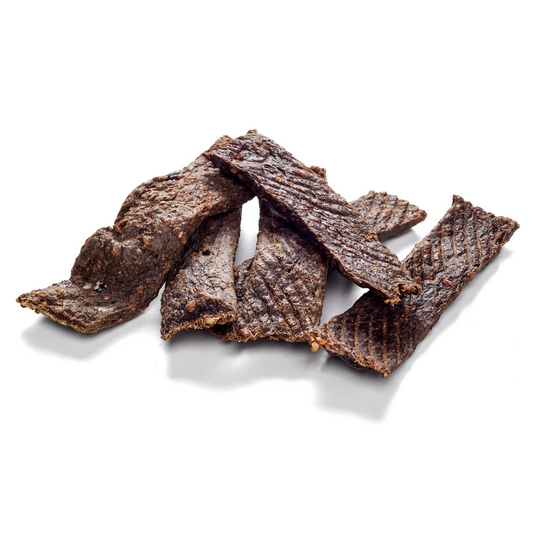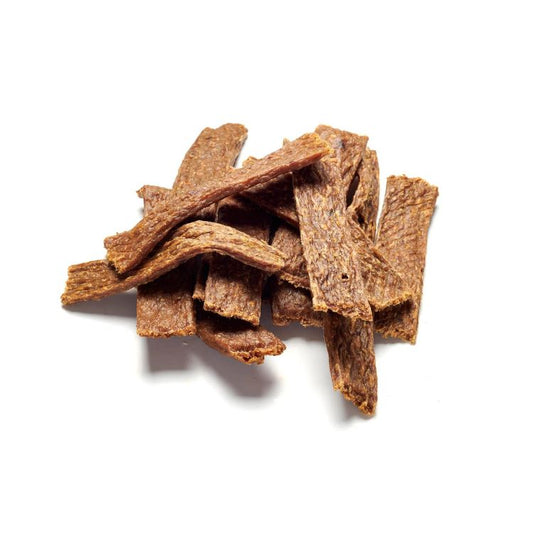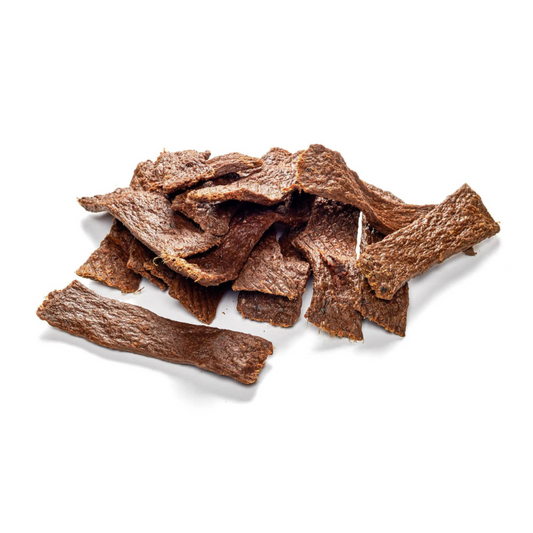
German Mastiff
Share
The Great Dane is probably one of the largest dog breeds in the world. One representative even reached 1.09 m at the withers - and thus ended up in the Guinness Book of Records. Admittedly, this is unusual and not the norm, but even at normal size, Great Danes are impressive and majestic-looking animals. Despite or perhaps because of their size, these dogs are extremely good-natured and friendly creatures that fit well into any family. Provided there is enough space available.
Content: Great Dane
- profile
- Special features
- Nutrition
- Health and care
- The right accessories
- Origin & History
- Conclusion
Reward your best friend with our dog treats!
Great Dane - Profile
- Character: Powerful, Energetic, Alert
- Size: Medium
- Height: 53-63cm
- Weight: 25-32 kg
- Life expectancy: 10-12 years
- Coat type: Short hair
- Color: Yellow, Black, White, Brindle, Pied
- FCI Group: Pinscher – Schnautzer – Molosser – Swiss Mountain Dogs
Great Dane - Special Characteristics
As already mentioned, Great Danes can grow very large. Very few reach a height of more than one meter, but with an average height of 80 to 90 cm, they are still quite impressive.
Other trademarks are its distinctive face with drooping cheeks, melancholic but loyal eyes and floppy ears. The short and smooth coat is very close-fitting and comes in three different colors. The most common is the golden yellow color, followed by black and white spotted fur - also known as harlequin. Dark gray and dark blue are less common. With this appearance, the Great Dane appears majestic and elegant. It can also seem intimidating to some, but this breed of dog has a loving, friendly nature and is rarely aggressive.
They are balanced animals that prefer to cuddle and usually get along well with other dogs. Despite their calm nature, they can be used as watchdogs - but with their strong protective instincts, they are better suited as guard dogs, because they build a close bond with their caregivers and quickly recognize dangerous situations. Their appearance and size alone make them intimidating to most attackers.
Great Dane - What should be considered regarding nutrition?
Since hip dysplasia (HD) is more common in large dog breeds such as Great Danes, it should be prevented in the diet, as incorrect feeding can encourage the disease. Puppies and young dogs in particular should be given special food that has a lower energy and protein content. This allows them to grow slowly and healthily to their full size.
But even adult Great Danes should not gain weight and should be weighed regularly for monitoring purposes. The amount of food depends on the dog's age, weight and activity level. Great Danes have a slow metabolism, which is why they tend to be overweight in contrast to other dog breeds.
With their large bodies, they are prone to painful stomach twisting. To avoid this, a rest period after meals should be the rule and overly wild activities should be avoided. To achieve a perfect diet, a veterinarian can also advise and create a feeding plan.
High quality dog snacks to pamper your dog, now available!
German Boxer - Health and Care
Although the Great Dane is the size of a calf, it is fairly easy to care for. The short coat requires little attention and hardly sheds. An occasional brushing with a soft brush is perfectly sufficient.
In order to further prevent the aforementioned hip dysplasia, a large and heavy dog breed should definitely be provided with a good mattress for dogs. This protects the joints, which otherwise press against the floor with an enormous weight. Proper care also includes exercise and movement. With such large animals, it is hardly surprising that they have a strong need for exercise and cannot be kept only in a house, apartment or even kennel. Daily exercise for several hours is a must and since Great Danes should avoid climbing stairs , apartments with a garden or a house with land are ideal.
Great Dane - The right accessories
Since Great Danes are extremely strong, the leash, collar or harness should be sturdy. This also applies to toys that the playful Great Dane loves especially - such as fetching. But the toy should definitely be big enough so that it doesn't swallow it in its big mouth and, in the worst case, suffocate! If you want to transport these big dogs in the car, you definitely need a large dog transport box or a partition for the trunk. A good dog mattress should also be placed here - just like in a quiet corner at home. Big dogs naturally also need big bowls, which are ideally particularly stable.
Great Dane - Origin & History
Where exactly the Great Dane comes from and where its roots lie cannot be said with any certainty. The trail can only be traced back to the 16th century, when the breed, contrary to what the name would suggest, probably originated in England as a cross between the Irish Wolfhound and the Mastiff. In Germany, all large dogs were initially called Great Danes. In 1878, a seven-member committee of breeders and judges in Berlin decided to register these large dogs. This was the starting signal for the first German dog breed, and since 1888 it has been looked after and monitored by the Great Dane Club 1888 e. V. Since the large dogs commanded respect and were not exactly cheap to maintain, the Great Dane was considered the guard dog for the wealthy. So it was not just a dog, but also a status symbol. Today the Great Dane is also recognized by the FCI.
Conclusion
Great Danes are beautiful and majestic dogs that are amazingly cuddly and loyal. But their enormous size makes them a force to be reckoned with. Although they are good family dogs and suitable for children, they also bring with them a lot of work and maintenance costs. You should expect to pay €120 per month - not including a visit to the vet. However, with a large garden and the right budget, the Great Dane can be a great friend and loyal partner for the whole family.
Delicious chews for your faithful companion now available!

